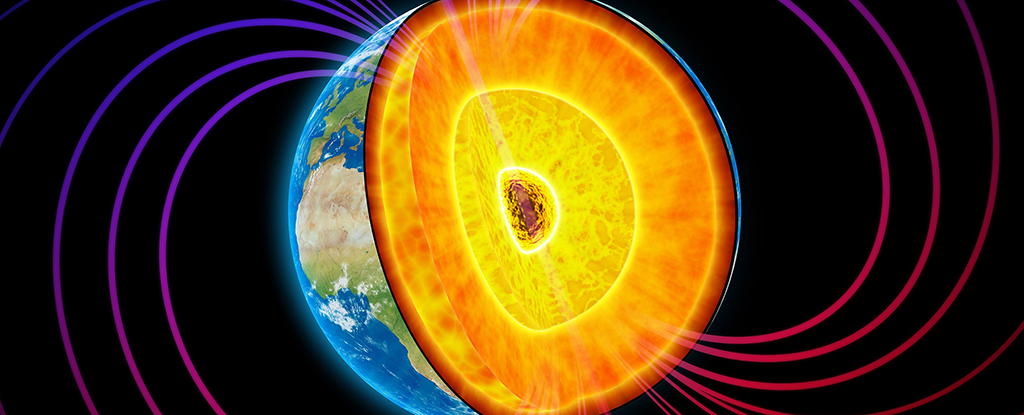A new drill core from the Mid-Atlantic Ridge, 1,268 meters deep into the Earth’s mantle, has revealed new information about mineral composition and processes, challenging existing geological models and highlighting the role of deep-sea drilling in scientific discovery.
A record-breaking drill core from the Mid-Atlantic Ridge in the North Atlantic, 1,268 metres (4,160 ft) deep into the Earth’s mantle, has provided deep and detailed mineralogical information about the oceanic mantle. The data reveal new understanding of the composition of the mantle, the Earth’s deep geology and potential biogeochemical conditions associated with the origin of life.
Understanding the Earth’s mantle is critical to understanding important details of the Earth system, including Earth’s magmatism, crust formation, and the cycling of elements between the planet’s interior, hydrosphere, atmosphere, and biosphere. Much of the information is based on rocks recovered from the ocean floor.
However, these samples often lack critical geological context and are subject to changing mineralogy due to igneous processes, including serpentinization, and seafloor weathering. Although rock cores from abyssal peridotites, the parent rock of the Earth’s upper mantle, can provide a continuous record, drilling the kilometers of holes required to obtain them has proven challenging.
Latest drilling success
Now, Johan Lissenberg and colleagues report the recovery and characterization of a nearly continuous 1,268-meter core of serpentinized abyssal mantle peridotite from the Mid-Atlantic Ridge. The chunk was collected in 2023 by the International Ocean Exploration Program (IODP) Expedition 399 from a hydrothermally active region called the Atlantis Massif. Lissenberg etc. Significant mineralogical differences in the core have been documented at different scales, including levels of serpentinization.
The sample’s pyroxene content was also unexpectedly low compared with other abyssal peridotite samples worldwide, which may be due to a high degree of pyroxene depletion and dissolution during the melt flow. And contrary to common models, melt migration was found to be biased toward upward mantle upwelling. The authors observed hydrothermal fluid and rock interaction throughout the core, with oxidative weathering down to 200 meters. Gabbroic intrusions were also found to play an unexpected role in hydrothermal alteration and in controlling the composition of fluids from peridotite-hosting hydrothermal vents; these have been proposed as models of environments where prebiotic chemistry could have led to the development of life on early Earth and other planetary bodies.
“Decades of ocean floor sampling via dredging have produced a crude mineralogical picture of the mantle. However, each new drilling mission reveals surprising images of the formation of the mantle and oceanic crust,” writes Eric Hellebrand in a related “Perspective” article. “More ambitious drilling projects will reveal elements important for understanding the biogeochemical influences of the oceanic mantle.”













